Opening a skeleton lock without a key can be a challenging yet fascinating task. Skeleton locks, known for their vintage designs, are often found on old furniture, doors, or antique pieces. While they were designed to be relatively simple mechanisms, unlocking them without the proper key requires patience, a steady hand, and some basic tools.
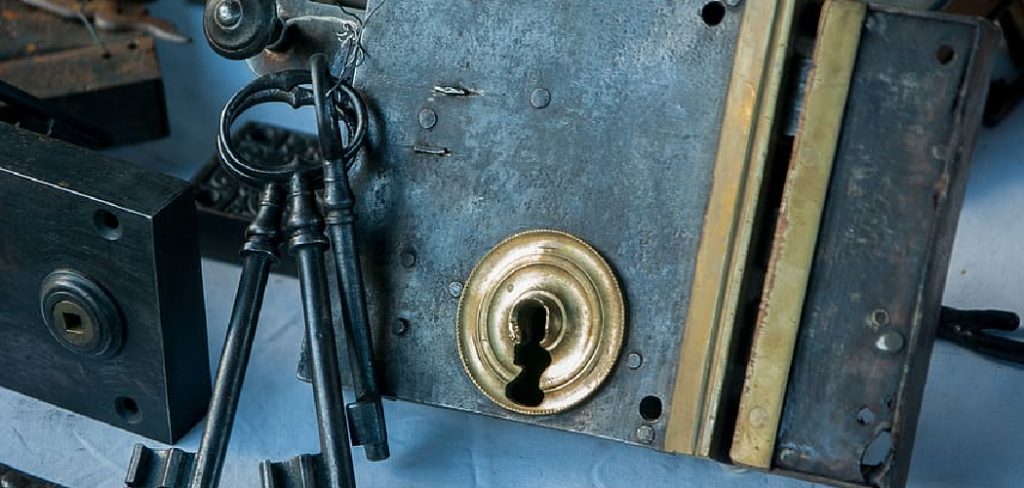
This guide will walk you through the process of how to open a skeleton lock without a key, emphasizing the importance of respecting ownership and legality when attempting to pick any lock. Always ensure you have the proper permissions before proceeding.
What Is a Skeleton Lock?
A skeleton lock is a type of lock mechanism commonly associated with antique or vintage items. The term “skeleton” refers to the simplicity of the lock’s internal mechanism, which generally consists of a basic lever or bolt system that can be moved into position with the right key.
Unlike modern locks, which often incorporate complex pin tumblers or electronic systems, skeleton locks are designed to work with a skeleton key—an equally simple key that has been stripped of unnecessary elements to fit the lock’s basic structure. These locks were widely used in the past due to their practicality and ease of manufacturing, but they are now valued mostly for their historical and aesthetic appeal.
Legal and Ethical Considerations
When dealing with skeleton locks and keys, there are important legal and ethical considerations to keep in mind. Since skeleton keys are designed to open multiple locks of the same type, they can raise concerns about unauthorized access and security breaches. Many jurisdictions have laws in place regulating the possession and use of tools that can bypass locks, including skeleton keys, to prevent misuse.
Ethically, the use of such keys should always respect the boundaries of property ownership and privacy. Collectors and enthusiasts of antique locks and skeleton keys should ensure their activities align with local regulations and are conducted responsibly to preserve both the historical value of these items and public trust.
10 Methods How to Open a Skeleton Lock without a Key
1. Using a Tension Wrench and Pick (Lockpicking)
One of the most common methods for opening a skeleton lock without a key is through traditional lockpicking. This method involves using a tension wrench and a pick. The tension wrench is inserted into the bottom of the lock’s keyhole, and slight pressure is applied while using the pick to manipulate the pins inside the lock.
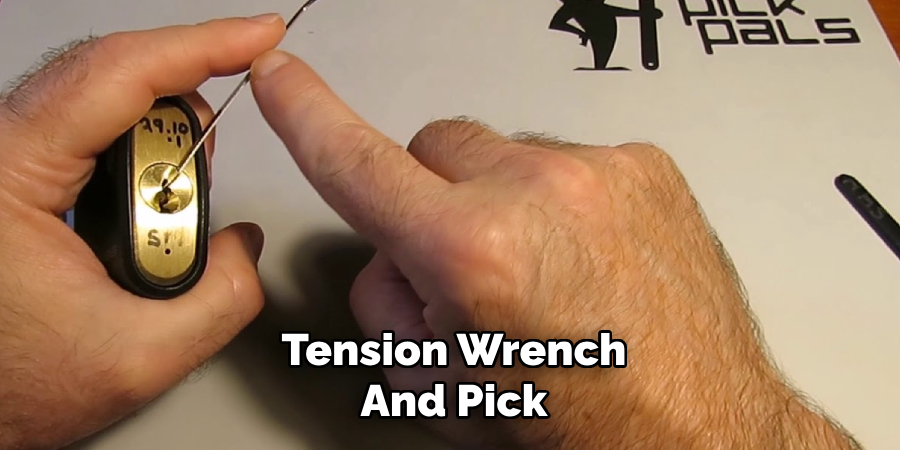
As each pin reaches the correct height, it will click into place, allowing the lock to turn. This process requires patience and skill, but with practice, it can be an effective way to open a skeleton lock without damaging it. Lockpicking is a legal activity in some jurisdictions when performed on locks that you own or have permission to open.
2. Raking the Lock
Raking is a technique that uses a raking tool, which is a type of lockpick, to quickly manipulate the pins in the lock. Unlike traditional picking, where individual pins are raised one by one, raking involves moving the rake back and forth across the pins in a sweeping motion, trying to set them in place all at once. This method is often faster than traditional picking, although it may require more trial and error. For skeleton locks with fewer pins or simpler mechanisms, raking can be a quick and effective method for unlocking them without a key.
3. Using a Shim
A shim is a small, thin piece of metal or plastic that can be inserted between the pins of a lock to bypass the locking mechanism. Shims are typically used in pin tumbler locks but can also work in skeleton locks under certain circumstances. To use a shim, you need to insert it into the lock while applying tension to the mechanism. The shim will push the pins out of alignment, allowing the lock to turn freely. This method works best on older skeleton locks or those with less intricate mechanisms, where the pins are more easily manipulated.
4. Applying Lubricant
In some cases, a skeleton lock may be stuck or difficult to turn due to dirt or rust. Before attempting to force the lock open, applying a lubricant like graphite or WD-40 can help free up the mechanism. By spraying the lubricant into the keyhole and allowing it to sit for a few minutes, you can loosen the internal components, making it easier to manipulate the lock. While this method may not always unlock the lock directly, it can make the other techniques more effective by reducing friction and easing the turning of the lock.
5. Using a Bump Key
A bump key is a special key that is cut in such a way that, when struck with a tool, it will momentarily align the pins inside the lock, allowing the lock to open. To use a bump key, insert it into the skeleton lock as you would a regular key.
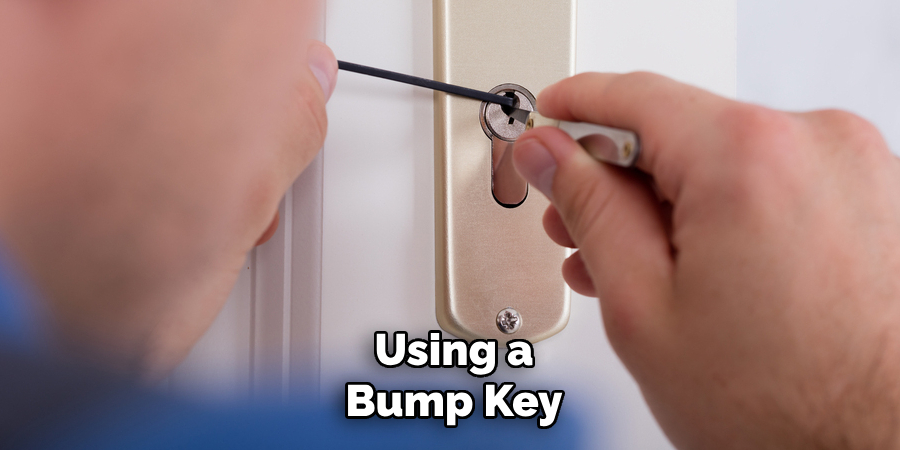
Then, using a bumping tool or a hammer, strike the back of the key to apply force. The sudden motion causes the pins to jump into position, and with the right amount of force and precision, the lock will turn. This method requires a special key that is pre-made or custom-cut to fit the specific lock, so it’s most useful for those with access to bump keys.
6. Drilling the Lock
If you’ve exhausted all other methods and need to open a skeleton lock immediately, drilling is a last-resort option. Drilling a lock involves using a power drill to break through the lock’s pins or the keyhole mechanism, effectively destroying the internal components.
While this will allow you to open the lock, it will permanently damage it, making it unusable without repair. If you choose to drill the lock, make sure to use the proper drill bit size and take safety precautions to avoid injury. This method should only be used in emergency situations or when you plan to replace the lock afterward.
7. Using the Right Tension
One of the most important aspects of picking any lock, including skeleton locks, is applying the correct amount of tension. Too little tension won’t allow the pins to set correctly, while too much tension will cause them to become jammed or misaligned. The key to successful lockpicking is finding the sweet spot where light tension is applied to the lock while using a pick to manipulate the pins. Experiment with applying different amounts of tension while picking the lock to find what works best for your specific lock type. This method requires a delicate touch and some trial and error.
8. Using a Locksmith’s Key Extraction Tool
Locksmiths often use specialized tools to open locks, including a key extraction tool that is designed to help remove broken keys from locks. In some cases, if the lock has a broken key inside or you’re working with a lock where the key has become damaged, using a key extraction tool can help you regain access.
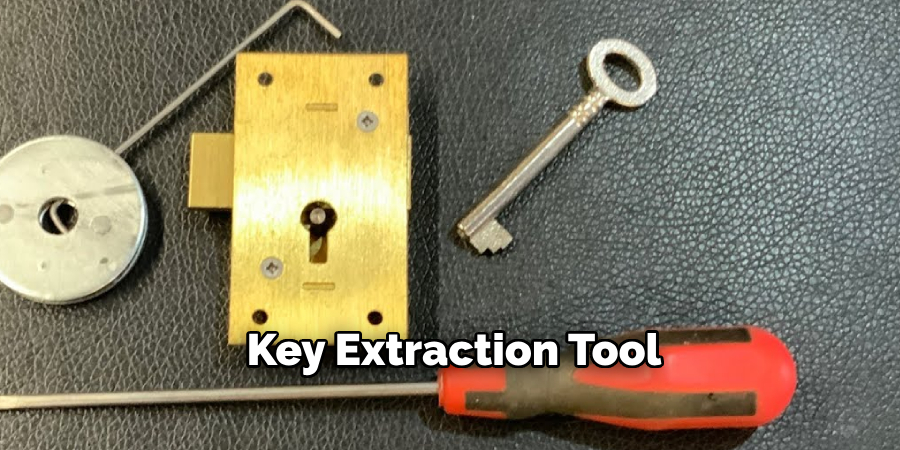
These tools can grip and remove the remnants of a broken key, allowing you to then use the lock as normal. While this method doesn’t directly open the lock, it can be a helpful step in clearing out blockages so that you can proceed with other methods, such as picking or inserting a new key.
9. Manipulating the Lock Using a Paperclip or Hairpin
If you don’t have access to professional lockpicking tools, you can try using everyday items such as a paperclip or hairpin to manipulate the pins inside a skeleton lock. To use a paperclip, straighten it out and then bend it to create a small hook at one end. Insert the hook into the keyhole and use it to push the pins upward. You can use a second paperclip or a small flat tool to apply light tension to the lock, allowing you to feel for the pins as you move them into place. While this method is more difficult and requires patience, it can be effective in a pinch when you don’t have access to professional tools.
10. Contacting a Locksmith
If all else fails, and you cannot seem to open the skeleton lock, contacting a professional locksmith is always an option. Locksmiths have years of training and experience with all kinds of lock mechanisms, including skeleton locks.
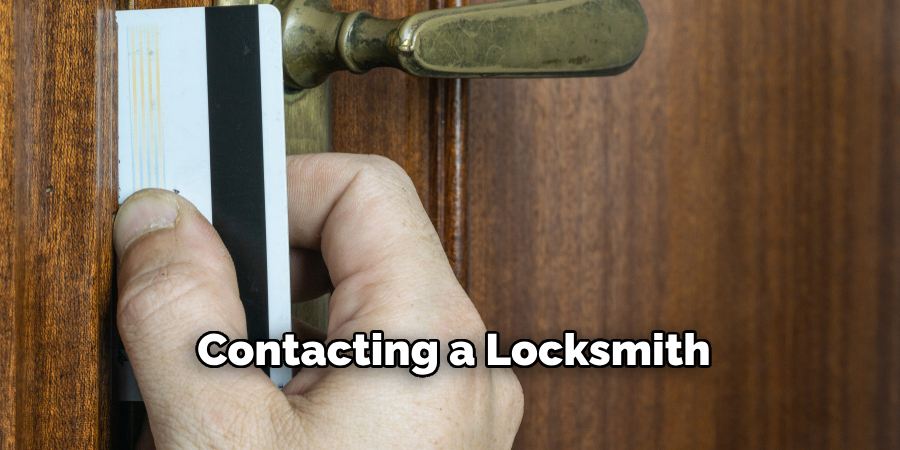
They will use their expertise and specialized tools to unlock the lock without causing damage to the surrounding area or the lock itself. A locksmith can also provide additional assistance in rekeying the lock if necessary, ensuring that you regain access while maintaining security.
Conclusion
Opening a skeleton lock without a key can be accomplished through a variety of methods, from basic lockpicking to more advanced techniques like drilling. Each method has its own level of difficulty, and some require specialized tools. The key to success is understanding the lock’s mechanism and using the right approach for the situation at hand.
While some methods, like using a shim or raking, can be effective without causing damage, others, such as drilling, should only be considered as a last resort. If you’re unable to open the lock on your own, seeking help from a professional locksmith can ensure that you don’t damage the lock permanently. Thanks for reading, and we hope this has given you some inspiration on how to open a skeleton lock without a key!
About
Safety Fic is a distinguished figure in the world of Diy design, with a decade of expertise creating innovative and sustainable Diy solutions. His professional focus lies in merging traditional craftsmanship with modern manufacturing techniques, fostering designs that are both practical and environmentally conscious. As the author of diy, Safety Fic delves into the art and science of Safety Fic-making, inspiring artisans and industry professionals alike.
Education RMIT University
(Melbourne, Australia) Associate Degree in Design (Safety Fic) Focus on sustainable design, industry-driven projects, and practical craftsmanship. Gained hands-on experience with traditional and digital manufacturing tools, such as CAD and CNC software.
Nottingham Trent University
(United Kingdom) Bachelor’s in diyfastly.com and Product Design (Honors) Specialized in product design with a focus on blending creativity with production techniques. Participated in industry projects, working with companies like John Lewis and Vitsoe to gain real-world insights.
Publications and Impact
In diy, Safety Fic his insights on indoor design processes, materials, and strategies for efficient production. His writing bridges the gap between artisan knowledge and modern industry needs, making it a must-read for both budding designers and seasoned professionals.
